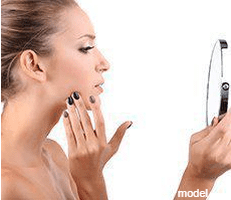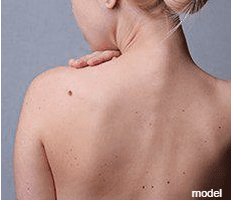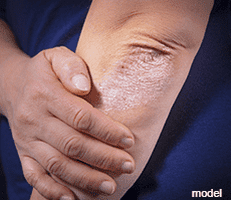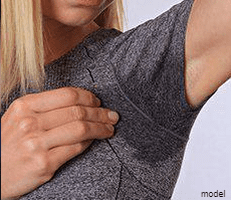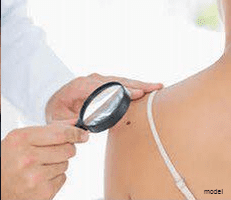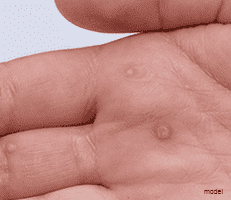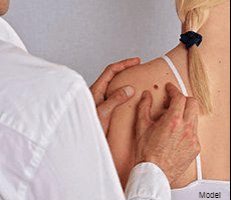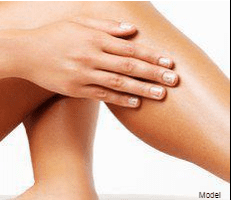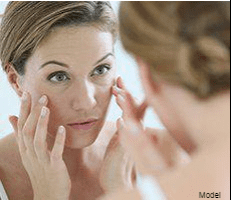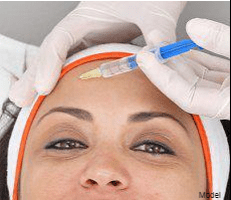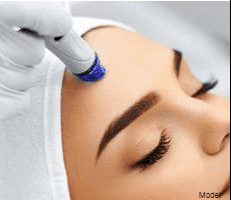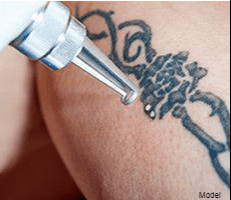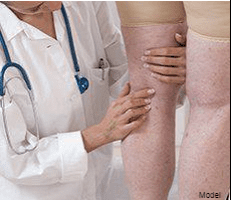Stretch Marks
 There are many possible causes of stretch marks, and anyone can get stretch marks, no matter age or gender. Early on, stretch marks are often reddish/pink/purple, but over time, they tend to become silvery or lighter in color, with some type of textural change that can be seen and felt. Although some people are not too bothered by them, not many are happy to get stretch marks.
Treatment of stretch marks is currently accomplished through lasers in most cases. The reddish/pink/purple color is successfully treated with certain lasers in most cases, although several treatments are necessary. The textural change is most difficult. Improvement of the appearance should be the goal, not complete removal of the stretch mark, which is currently impossible. The FDA has approved the use of certain lasers for the textural changes of stretch marks and any improvement, that may be seen, is visible after several treatments. Remember, just because the FDA has “approved” a treatment for a skin condition, does not mean that it definitely works. It primarily means the FDA believes that treatment is reasonably safe to use for a condition, and it has shown some benefit in treating that condition.
Photos courtesy of Sean Doherty, MD, Boston Plastic Surgery Associates, Concord, MA, Co-Medical Director, Palomar Medical Technologies, Inc., Burlington, MA
There are many possible causes of stretch marks, and anyone can get stretch marks, no matter age or gender. Early on, stretch marks are often reddish/pink/purple, but over time, they tend to become silvery or lighter in color, with some type of textural change that can be seen and felt. Although some people are not too bothered by them, not many are happy to get stretch marks.
Treatment of stretch marks is currently accomplished through lasers in most cases. The reddish/pink/purple color is successfully treated with certain lasers in most cases, although several treatments are necessary. The textural change is most difficult. Improvement of the appearance should be the goal, not complete removal of the stretch mark, which is currently impossible. The FDA has approved the use of certain lasers for the textural changes of stretch marks and any improvement, that may be seen, is visible after several treatments. Remember, just because the FDA has “approved” a treatment for a skin condition, does not mean that it definitely works. It primarily means the FDA believes that treatment is reasonably safe to use for a condition, and it has shown some benefit in treating that condition.
Photos courtesy of Sean Doherty, MD, Boston Plastic Surgery Associates, Concord, MA, Co-Medical Director, Palomar Medical Technologies, Inc., Burlington, MA


What we offer


